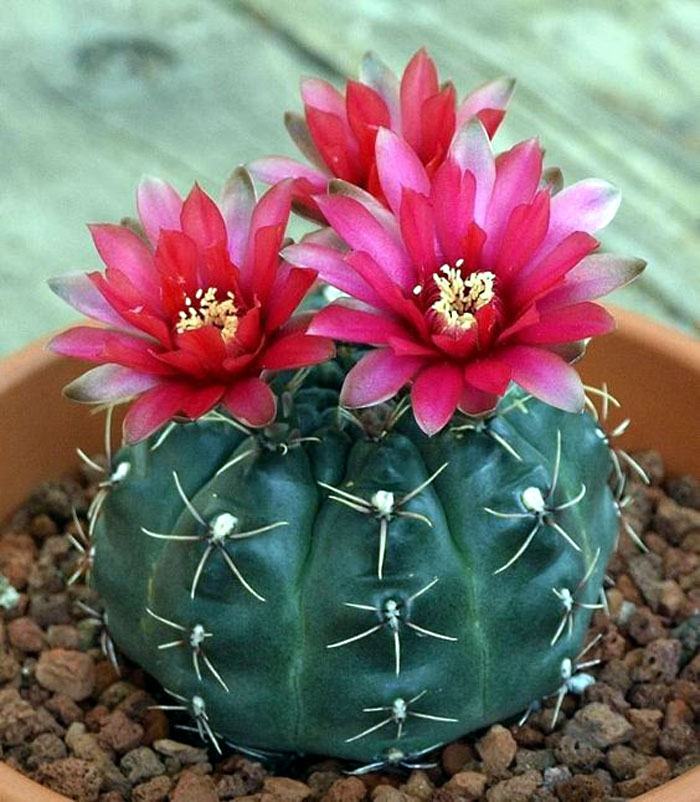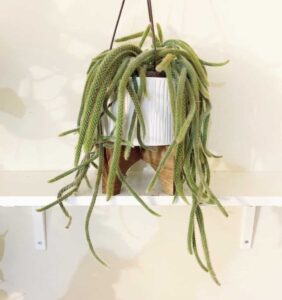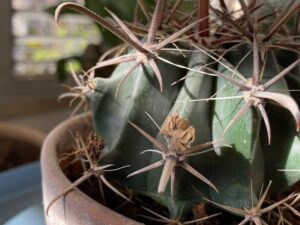The allure of cactus plants is an enigma to many. Their distinctive appearance, coupled with an air of resilience, makes them stand out in the diverse realm of houseplants. For those residing in compact urban environments, small indoor cacti offer a unique opportunity to infuse life into constrained spaces. Their fascinating adaptations not only arouse interest but also reveal the underlying mechanisms of survival in arid conditions.
One might ponder: what drives the fascination with these succulents? Could it be their uncanny ability to thrive on neglect? Or perhaps their stunning variety of shapes and colors? The truth is, it’s a combination of factors, all wrapped in the enduring mystery of the desert environments they hail from. In this exposition, we shall navigate the best small indoor cactus plants, elucidating their charm and the essential care they require.
Common Varieties Suitable for Indoor Living
Several varieties of cacti have transcended their natural habitats to become popular choices for indoor gardening. These diminutive wonders are not only stylistically pleasing but also remarkably resilient. Here are a few of the most revered species that thrive in confined spaces:
The Echinopsis, commonly known as the Easter Lily Cactus, captivates with its vibrant ever-blooming flowers. This species features an array of spherical forms adorned with the most breathtaking blossoms, primarily blooming in the spring. The petals can be white, pink, or even red, showcasing nature’s palette in an enchanting display. Their moderate growth rate makes them perfect for small pots, allowing ample room for other decor elements.
The Mammillaria, a genus that encompasses the well-known Pincushion Cactus, makes a delightful addition to any indoor garden. Characterized by its unique round shape and dense spines resembling a pincushion, Mammillaria species are incredibly diverse. They produce beautiful pink or white flowers in clusters during the spring, adding a touch of whimsy to your indoor space. Moreover, their compact nature means they can be strategically placed on shelves or windowsills, maximizing vertical space.
The Rebutia, or the Crown Cactus, is another compact option brimming with character. Typically growing no taller than five inches, its spherical shape and vibrant blossoms make it particularly appealing. Each Rebutia variety showcases unique hues, from deep oranges to vivid reds. These cacti are not only low maintenance, but they also thrive in bright light conditions, making them ideal candidates for urban apartments where sunlight may be limited.
Factors to Consider for Optimal Growth in Limited Spaces
While choosing the right cactus is fundamental, understanding the requirements for their optimal growth is equally important. Proper care can mean the difference between a thriving cactus and a withering one. Here are critical considerations:
Light is a crucial determinant for cactus health. Most small indoor cacti require bright, indirect sunlight to flourish. Placing cacti near a south-facing window or a spot receiving ample light for several hours each day will ensure their vigor. However, prolonged exposure to intense sunlight might scorch the plants, hence the need for a balanced approach.
Watering practices are another vital aspect of cactus care. Many individuals fall into the common trap of over-watering succulents. Cacti prefer drier conditions and should be watered sparingly. A well-draining potting mix is essential, as excess moisture can lead to root rot, a common affliction in indoor cacti. Generally, a thorough watering every two to four weeks should suffice, depending on the humidity levels in the environment.
The importance of temperature cannot be overstated. Cacti generally thrive in warm conditions, as they are native to arid regions. An ideal indoor temperature ranges between 70°F to 90°F during the growing season and cooler in winter months. While cacti can tolerate fluctuations, maintaining a stable environment will promote their overall health.
Creating an Aesthetic Arrangement
The visual appeal of cacti extends beyond their individual characteristics. Selecting the right containers and creating aesthetically pleasing arrangements can enhance their beauty and charm. Additionally, the variance in pot styles can play a significant role in your décor.
Utilizing terracotta pots is a popular choice among cactus enthusiasts. The porous nature of terracotta aids in moisture evaporation, creating an ideal habitat for cacti. Opting for pots with drainage holes is essential, as it prevents water from accumulating at the base, thereby facilitating healthy root growth.
Pairing different cactus species in one planter can also yield stunning results. The juxtaposition of varying shapes and sizes creates a visually stimulating arrangement. For instance, interspersing tall, cylindrical cacti with shorter, spherical varieties can generate a dynamic display that draws the eye.
Conclusion: Embrace the Cacti Culture
Small indoor cactus plants offer a blend of beauty and resilience, appealing to both seasoned gardeners and novices alike. Their captivating shapes, colors, and minimal care requirements make them particularly suitable for small spaces. Exploring the rich variety of cacti available and understanding their needs not only enhances your indoor environment but also fosters a deeper connection with nature.
As you navigate the world of small indoor cacti, embrace the unique traits each species offers. The journey into cactus cultivation is one that yields satisfaction and joy—not merely as a pursuit of plant care, but as an exploration of resilience, adaptability, and the fragility of life itself.




Leave a Comment